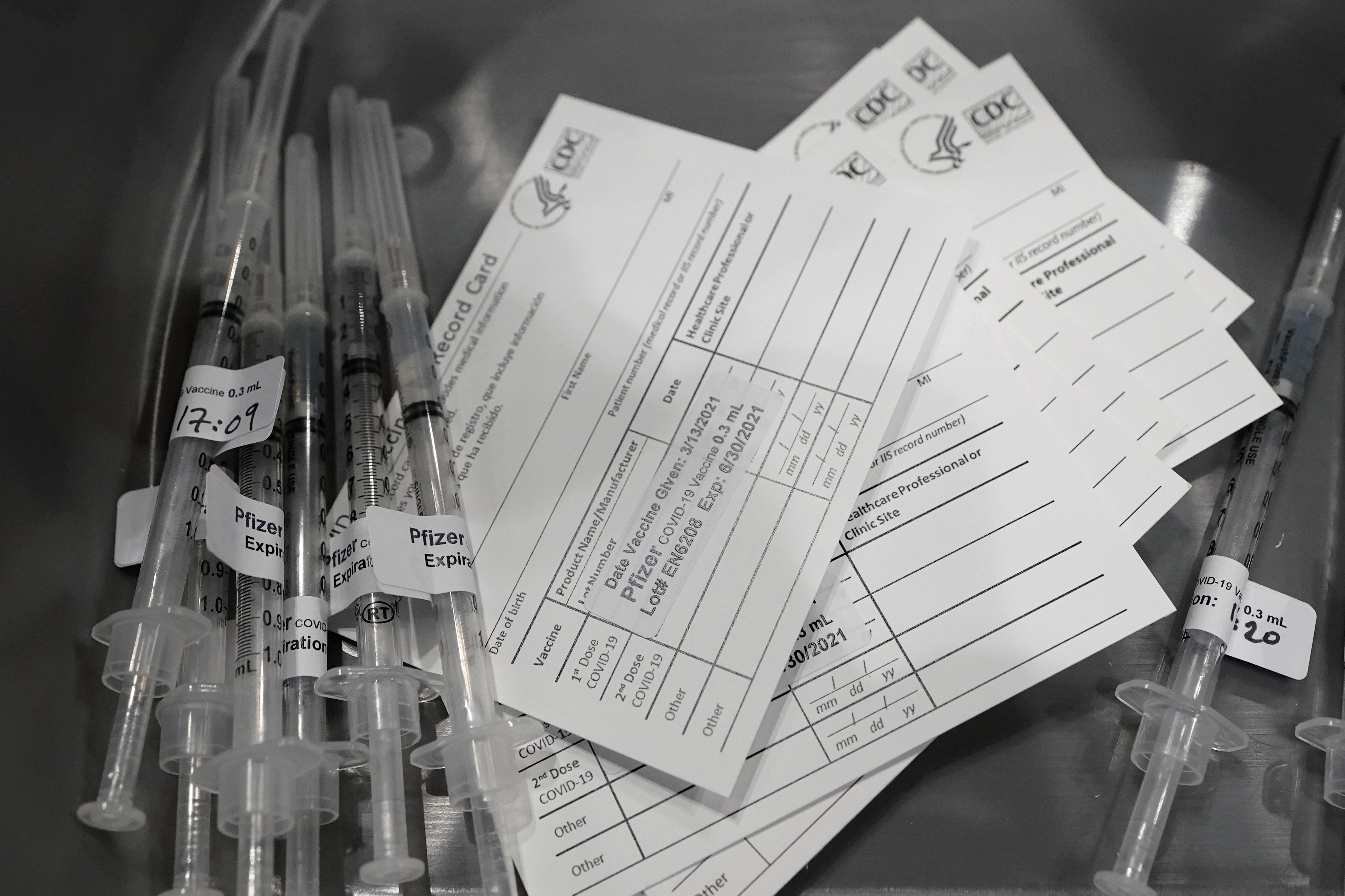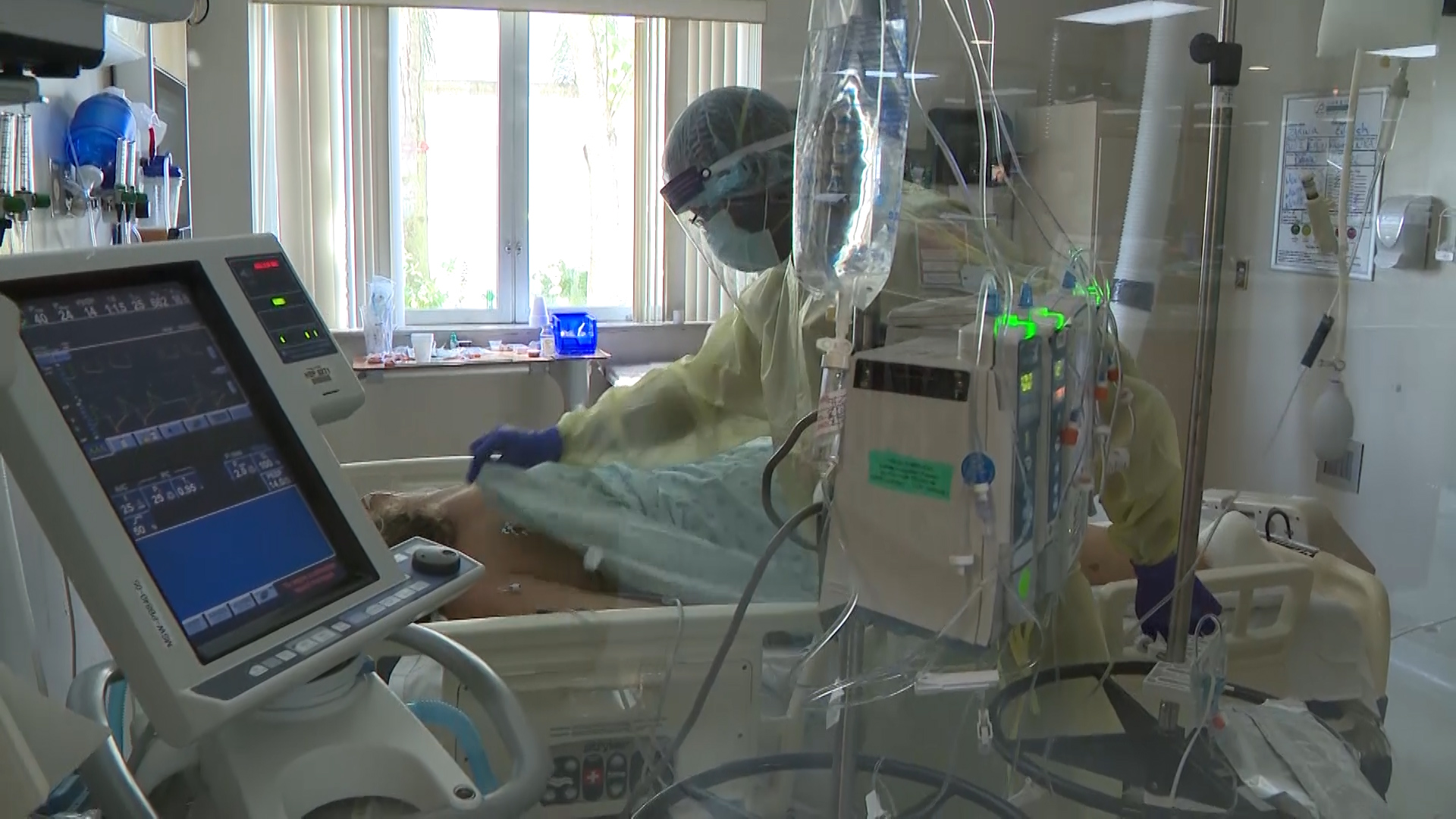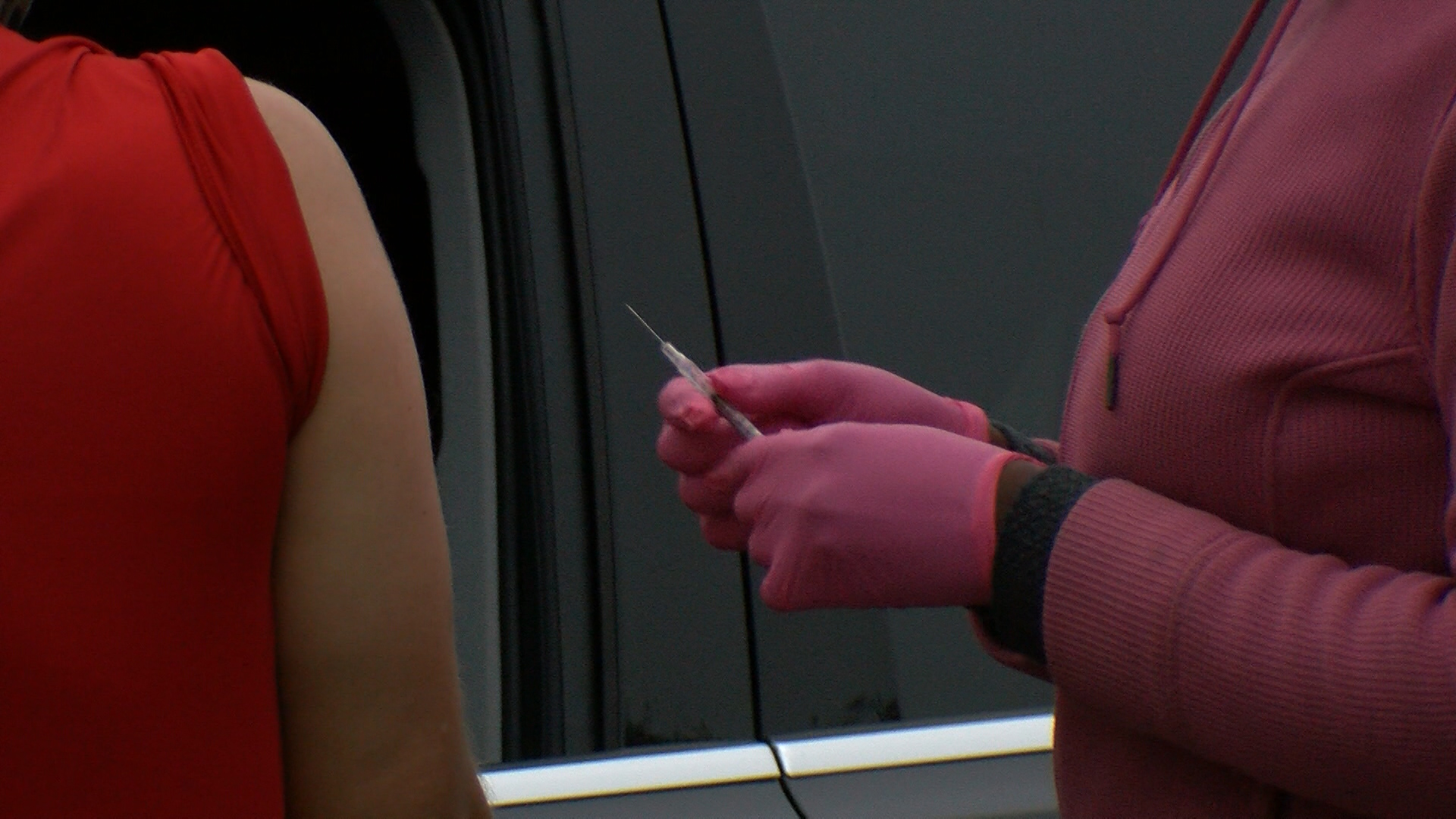WASHINGTON (NEXSTAR) — Since President Donald Trump asked lawmakers to increase the second stimulus check from $600 to $2,000 as the year came to a close, Democratic leaders have been calling for a third $2,000 direct payment.
For that reason, you may have been surprised when President-elect Joe Biden unveiled the “American Rescue Plan” Thursday that includes $1,400 checks instead of $2,000, according to aides who described the plan ahead of a speech by Biden Thursday evening.
Did Biden change the amount of the check or was there some sort of misunderstanding? It depends on who you ask…
While addressing voters in Georgia ahead of the Senate runoff election, Biden called the second check a “down payment.” Some Democratic leaders looked at that as the first part of $2,000 in payments being made to Americans: an initial $600 followed by an additional $1,400 in this latest round of coronavirus relief.
While most analysts thought Biden would go with the $2,000 amount based on language used over the last few weeks, others questioned if Democrats viewed the $600 as part of a multi-stage effort.
“We expect growing anticipation that Democrats will pursue additional stimulus, with a $2,000 check (or at least the remaining $1,400) as a leading item,” Ed Mills, an analyst with investment bank Raymond James, said earlier this month, according to CBS News.
The $2,000 figure has also been used by soon-to-be Senate Majority Leader Chuck Schumer.
“One of the first things that I want to do when our new senators are seated is deliver the $2,000 checks to the American families,” Schumer said last week.
The confusion over the figure was the buzz of social media on Thursday afternoon:
The $1.9 trillion coronavirus plan would meet Biden’s goal of administering 100 million vaccines by the 100th day of his administration, while advancing his objective of reopening most schools by the spring. On a parallel track, it would deliver another round of aid to stabilize the economy while the public health effort seeks the upper hand on the pandemic, said aides who described the plan ahead of a speech by Biden on Thursday evening.
Along with the $1,400 checks for many Americans, the plan would also extend a temporary boost in unemployment benefits and a moratorium on evictions and foreclosures through September. And it shoehorns in the long-term Democratic policy aim of increasing the minimum wage to $15 an hour and expanding paid leave for workers across the economy.
Senate Democratic leader Chuck Schumer of New York has said Biden’s proposal will be his first order of business this year. The emergency legislation would be paid for with borrowed money, adding to trillions in debt the government has already incurred to confront the pandemic.
Aides said Biden will make the case that the additional spending and borrowing is necessary to prevent the economy from sliding into an even deeper hole. Interest rates are low, making debt more manageable. The aides spoke on condition of anonymity to describe the plan ahead of his speech Thursday night.
Biden has long held that economic recovery is inextricably linked with controlling the coronavirus. “Our work begins with getting COVID under control,” he declared in his victory speech. “We cannot repair the economy, restore our vitality or relish life’s most precious moments.”
The plan comes as a divided nation is in the grip of the pandemic’s most dangerous wave yet. So far, more than 385,000 people have died of COVID-19 in the U.S. And government numbers out Thursday reported a jump in weekly unemployment claims, to 965,000, a sign that rising infections are forcing businesses to cut back and lay off workers.
Under Biden’s multipronged strategy, about $400 billion would go directly to combating the pandemic, while the rest is focused on economic relief and aid to states and localities.
About $20 billion would be allocated for a more disciplined focus on vaccination, on top of some $8 billion already approved by Congress. Biden has called for setting up mass vaccination centers and sending mobile units to hard-to-reach areas.
The plan provides $50 billion to expand testing, which is seen as key to reopening most schools by the end of the new administration’s first 100 days. About $130 billion would be allocated to help schools reopen without risking further contagion.
The plan would fund the hiring of 100,000 public health workers, to focus on encouraging people to get vaccinated and on tracing the contacts of those infected with the coronavirus.
There’s also a proposal to boost investment in genetic sequencing, to help track new virus strains including the more contagious variants identified in the United Kingdom and South Africa.
Throughout the plan, there’s a focus on ensuring that minority communities that have borne the brunt of the pandemic are not shortchanged on vaccines and treatments, aides said.
With the new proposals comes a call to redouble efforts on the basics.
Biden is asking Americans to override their sense of pandemic fatigue and recommit to wearing masks, practicing social distancing and avoiding indoor gatherings, particularly larger ones. It’s still the surest way to slow the COVID-19 wave, with more than 4,400 deaths reported just on Tuesday.
Biden’s biggest challenge will be to “win the hearts and minds of the American people to follow his lead,” said Dr. Leana Wen, a public health expert and emergency physician.
With the backing of Congress and the expertise of private and government scientists, the Trump administration has delivered two highly effective vaccines and more are on the way. Yet a month after the first shots were given, the nation’s vaccination campaign is off to a slow start with about 10.3 million people getting the first of two shots, although more than 29 million doses have been delivered.
Biden believes the key to speeding that up lies not only in delivering more vaccine but also in working closely with states and local communities to get shots into the arms of more people. The Trump administration provided the vaccine to states and set guidelines for who should get priority for shots, but largely left it up to state and local officials to organize their vaccination campaigns.
“This is going to entail coordination at all levels, as well as resources,” said Dr. Nadine Gracia, executive vice president of the nonpartisan Trust for America’s Health. “There is a commitment the (incoming) administration has articulated to address the needs of communities.”
Biden has set a goal of administering 100 million shots in his first 100 days. The pace of vaccination is approaching 1 million shots a day, but 1.8 million a day would be needed to reach widespread or “herd” immunity by the summer, according to a recent estimate by the American Hospital Association. Wen says the pace should be even higher — closer to 3 million a day.
It’s still unclear how the new administration will address the issue of vaccine hesitancy, the doubts and suspicions that keep many people from getting a shot. Polls show it’s particularly a problem among Black Americans. “It’s important to acknowledge the reasons why it exists and work to earn trust and build vaccine confidence in communities,” said Gracia.
Next Wednesday, when Biden will be sworn in as president, marks the anniversary of the first confirmed case of COVID-19 in the United States.
The Associated Press contributed to this report.










